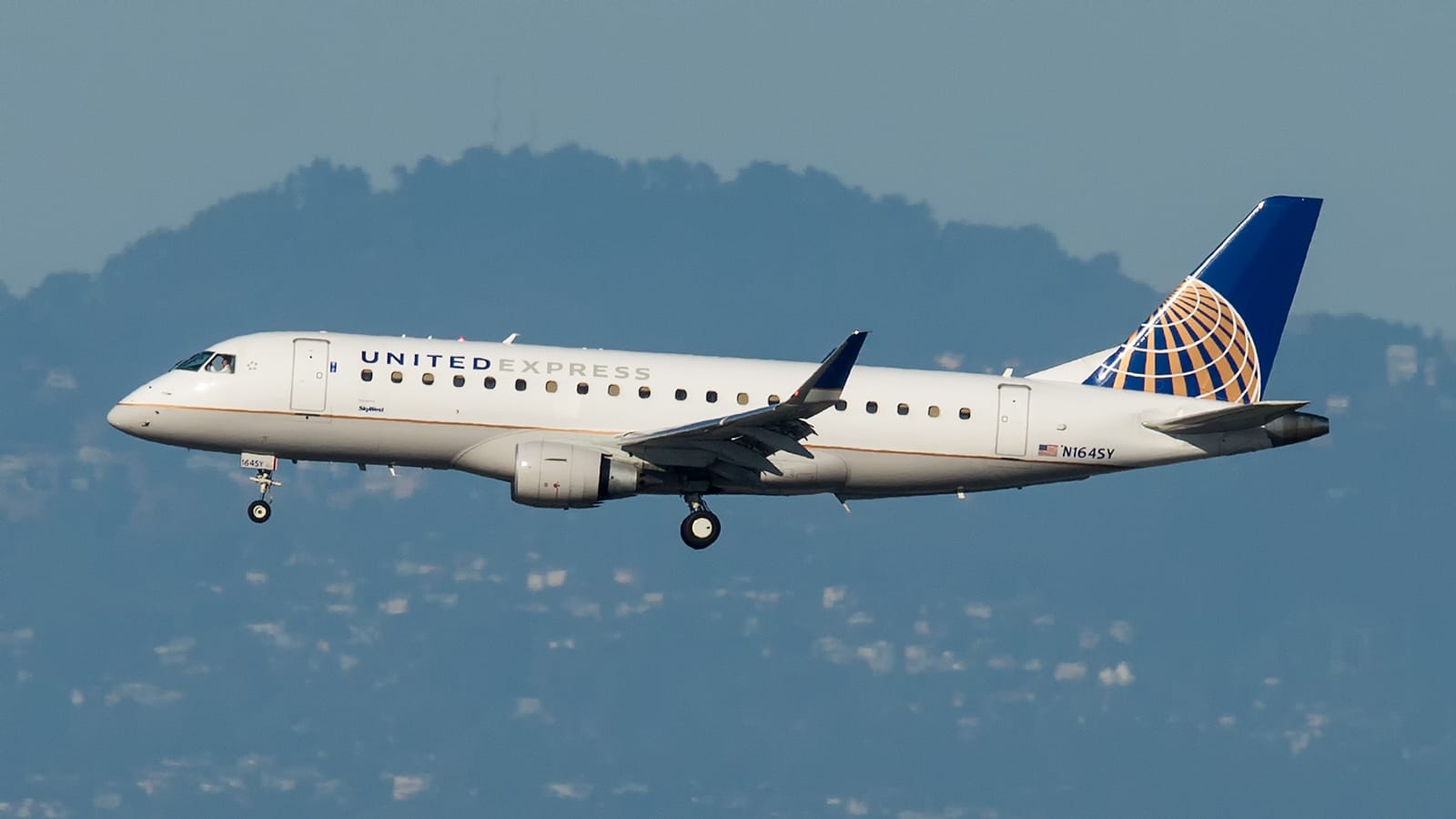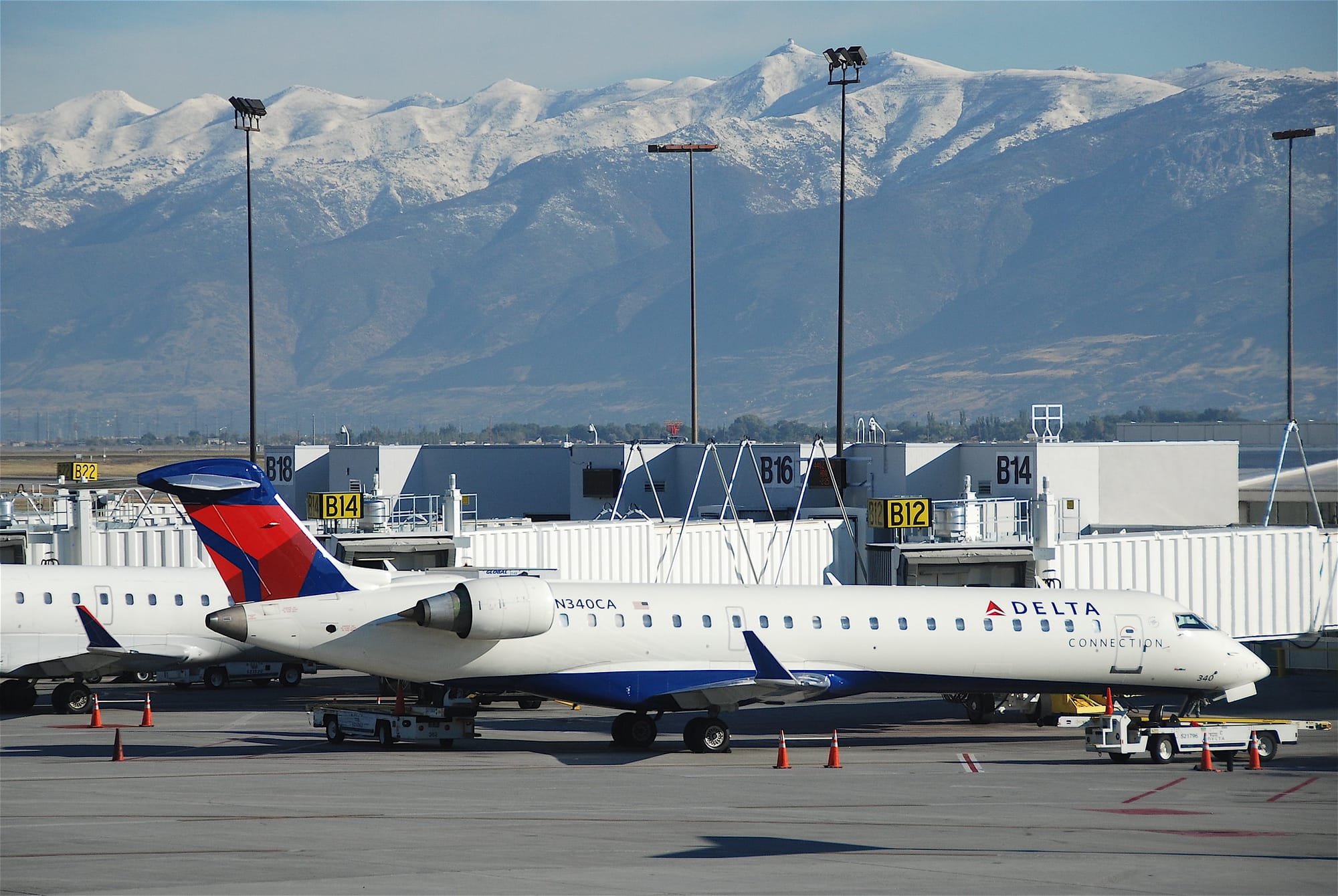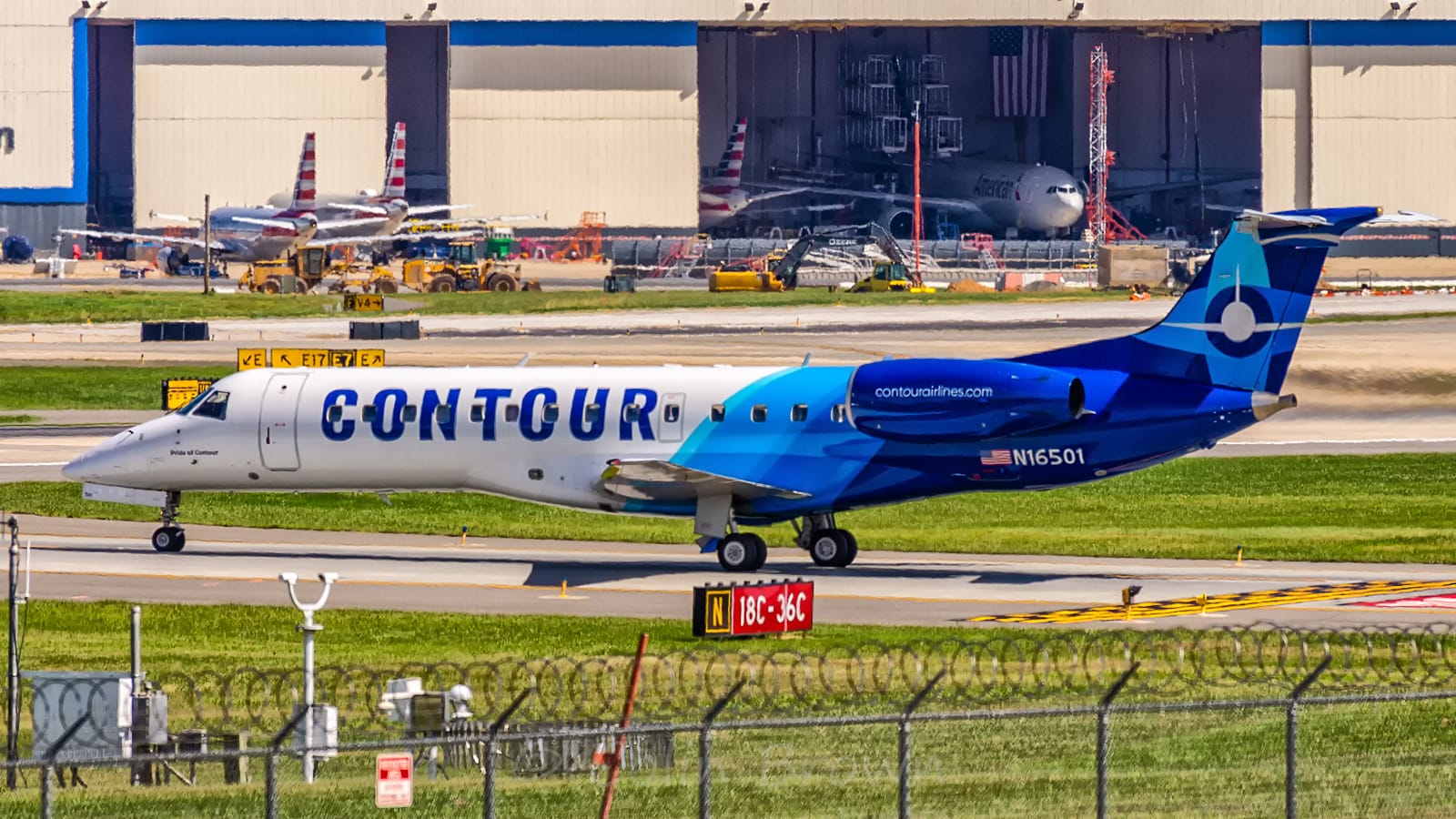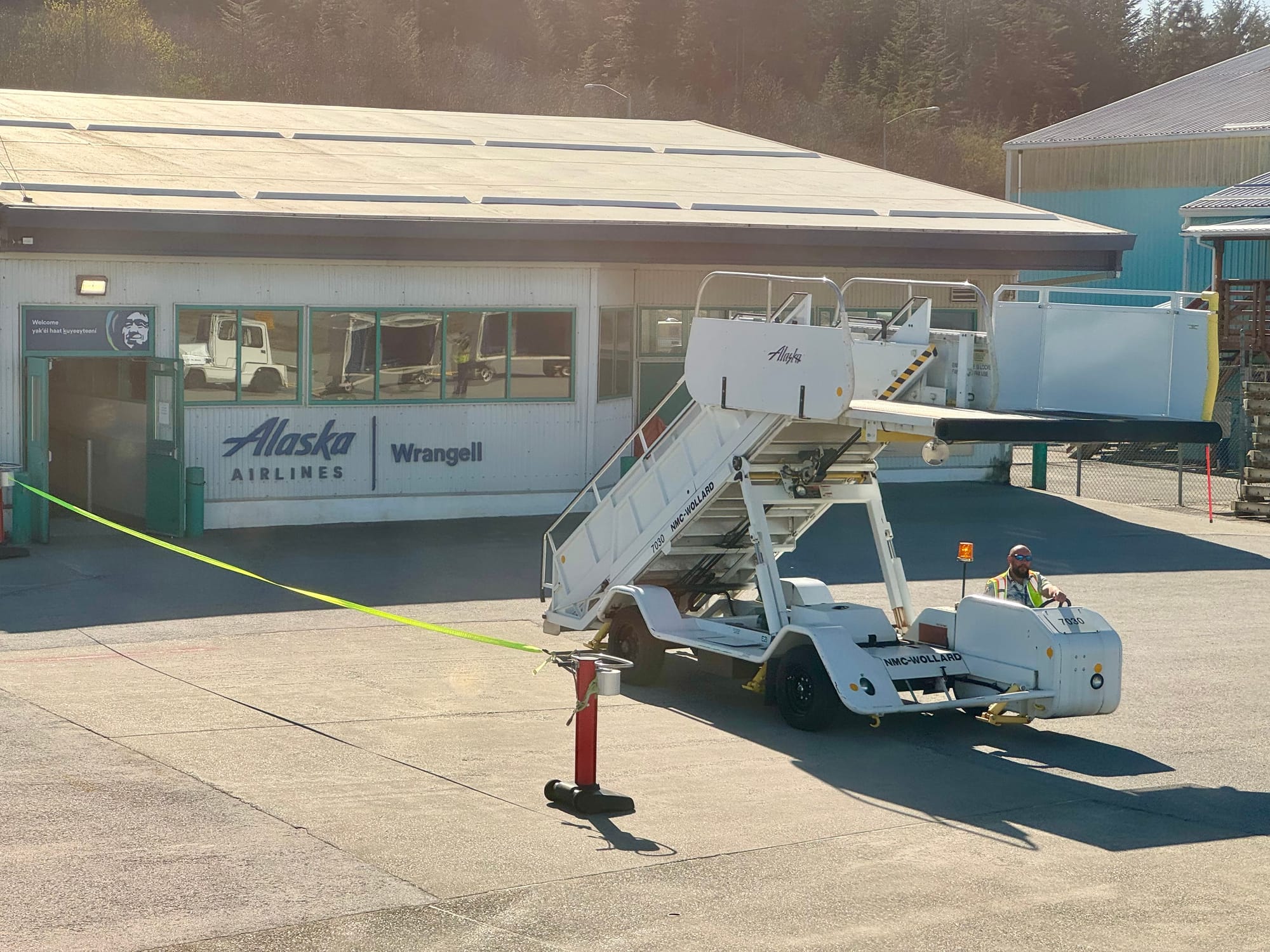Keeping Small Towns Connected: What is Essential Air Service?

The vast network of airlines crisscrossing the United States connects major hubs, but what about smaller towns tucked away across the country? That's where the Essential Air Service (EAS) program steps in to bridge this gap, ensuring crucial air links for communities that might otherwise be left isolated.
What is Essential Air Service?

Imagine a time before airline deregulation in 1978. Smaller communities thrived on scheduled flights from certificated airlines. However, deregulation allowed airlines more freedom in choosing routes. This posed a threat to those smaller locations – unprofitable routes could be abandoned, leaving them disconnected from the national air transportation system.
The Essential Air Service program, established by the U.S. government, safeguards against this very scenario. It guarantees that these same small communities continue to receive scheduled commercial air service, even if it's not commercially viable for airlines themselves. The program subsidizes these flights, making them financially feasible for air carriers to operate.
Usually, airlines are paid a breakeven fee to connect small communities together to ensure they are all serviced and connected around the country. These airlines bid for these routes to the government, who then selects the operator to best fit that route. Most commercial airlines operate at least a handful of these routes to carry favor for government contracts and relationships.
Why Are These Routes Important?

- Connectivity: EAS ensures residents have access to air travel for a multitude of reasons. Business trips, medical appointments in larger cities, or simply visiting loved ones further away become significantly less daunting with air connections. Imagine a critical business meeting across the country or a sudden illness requiring specialized care in a distant city. EAS connections become essential in such scenarios, bridging the physical distance and ensuring timely arrival at the destination.
- Economic Development: Air connectivity acts as a catalyst for economic growth. Businesses can attract clients and investors more easily, knowing they can be reached conveniently. Tourism receives a boost as well, with travelers able to fly in for scenic getaways or cultural experiences. Local products can be shipped efficiently to a wider market, creating new economic opportunities. Entrepreneurs in a small town with an EAS connection, for instance, can reach a national customer base for their unique crafts or agricultural produce, something that might not be possible with solely land-based transportation.
- Personal Connections and Education: EAS strengthens the social fabric of rural America. Family members living in distant locations can maintain closer ties with the ability to fly in for visits. Students can pursue educational opportunities further away without geographic limitations. This connectivity fosters a sense of belonging to a larger community and ensures that residents of smaller towns are not isolated from the wider world. Imagine a young person from a rural community with a passion for astrophysics – an EAS connection allows them to pursue a degree at a prestigious university across the country, something that might not be feasible otherwise.
- Emergency Access: Timely medical care can be critical in emergencies. EAS allows for quicker patient transport to specialized facilities in larger cities when necessary. Imagine a scenario where a local clinic lacks the necessary equipment or expertise to handle a specific medical condition. An EAS connection allows for swift transfer to a hospital with the required resources, potentially saving lives. EAS also plays a role in disaster response situations, enabling the rapid deployment of aid and personnel to affected areas.
Final Thoughts

EAS is more than just a transportation program; it's an investment in the future of rural America. It ensures that small towns are not left behind in an increasingly interconnected world. By fostering economic development, improving access to healthcare, strengthening the social fabric, and enhancing emergency response capabilities, EAS contributes to the overall well-being of rural communities.
The EAS program recognizes the importance of a connected nation. By ensuring air service to smaller communities, it fosters economic development, improves access to healthcare, strengthens the social fabric of rural America, and even enhances emergency response capabilities. As the aviation industry evolves, the EAS program will continue to play a vital role in keeping all corners of the country connected and thriving.





